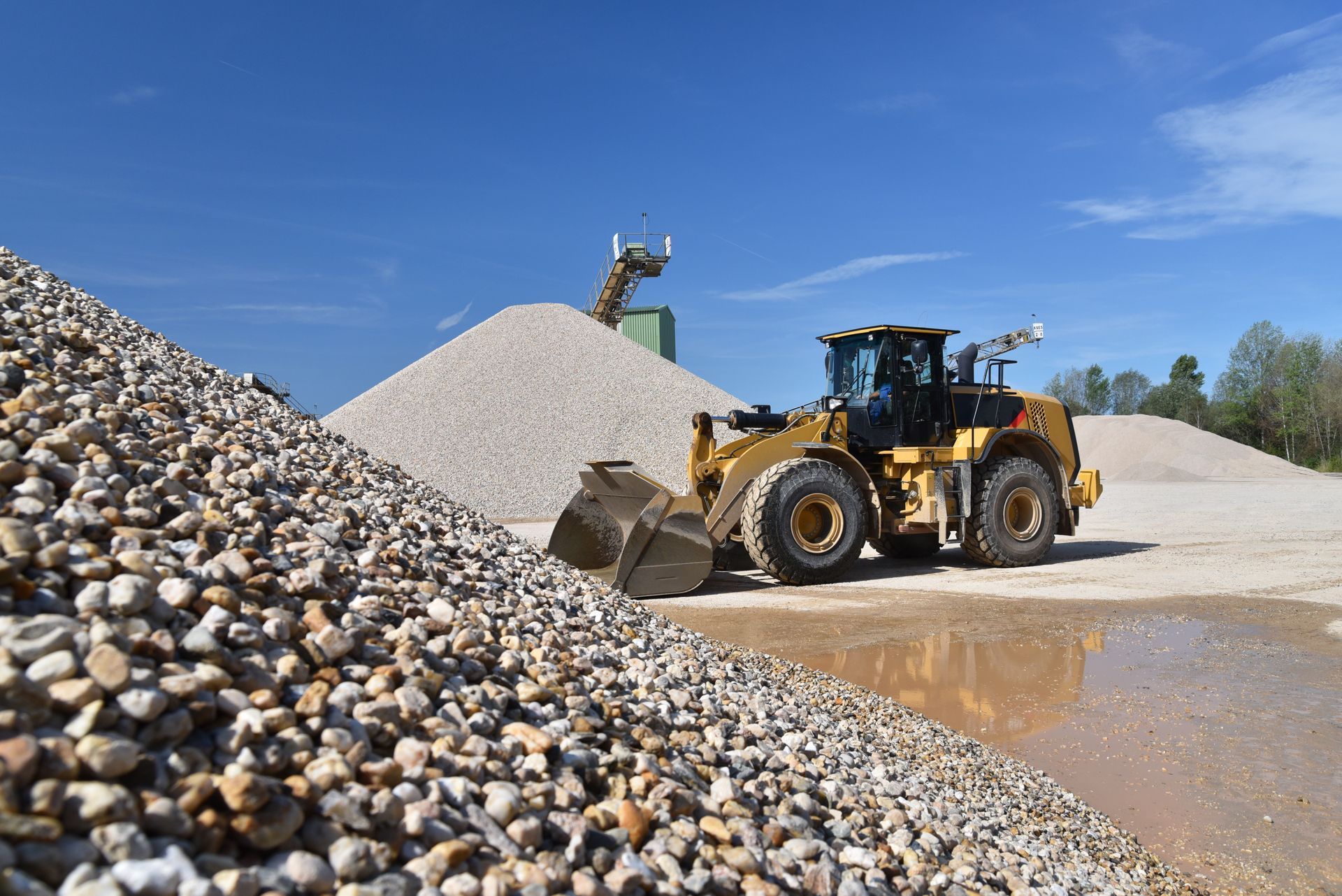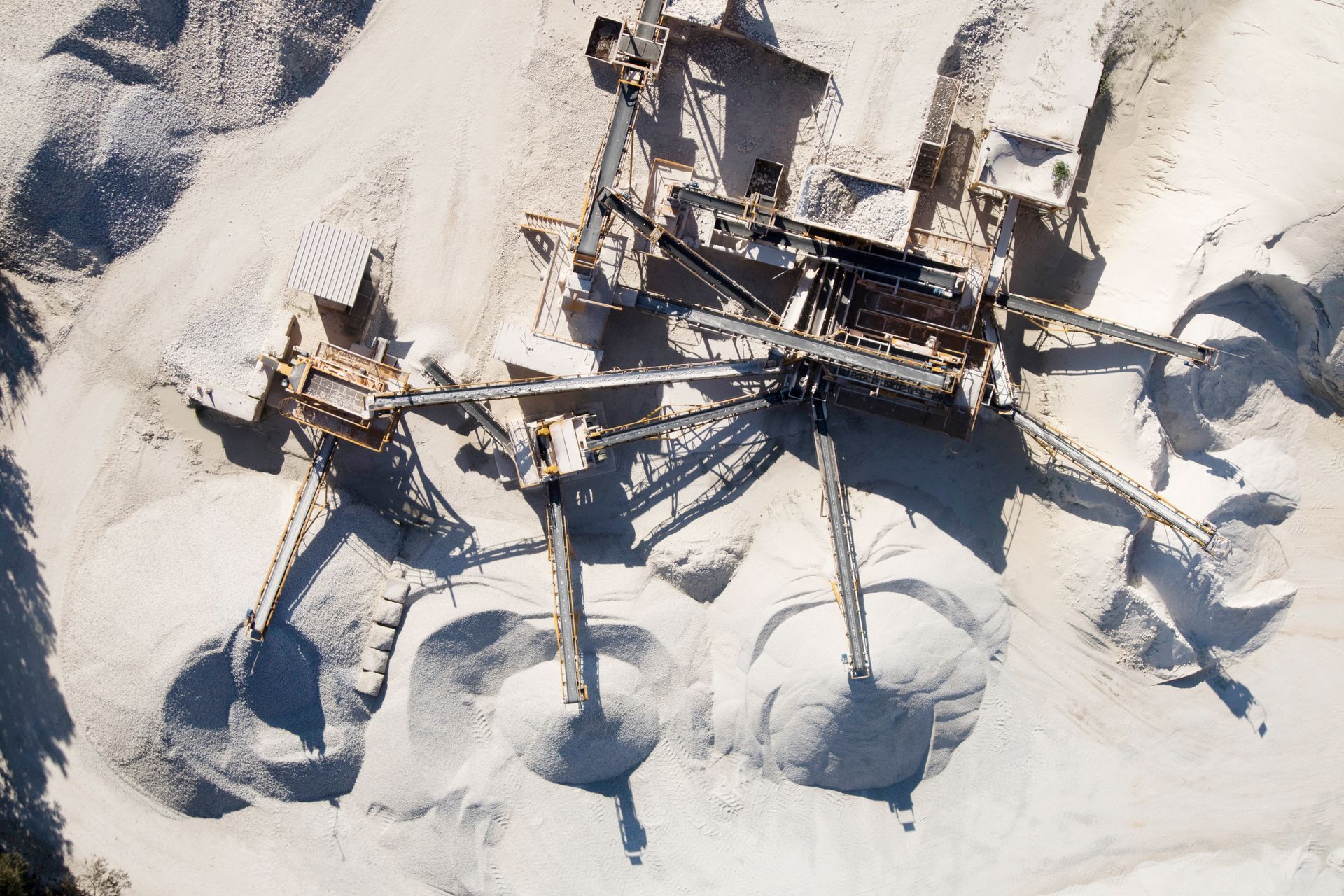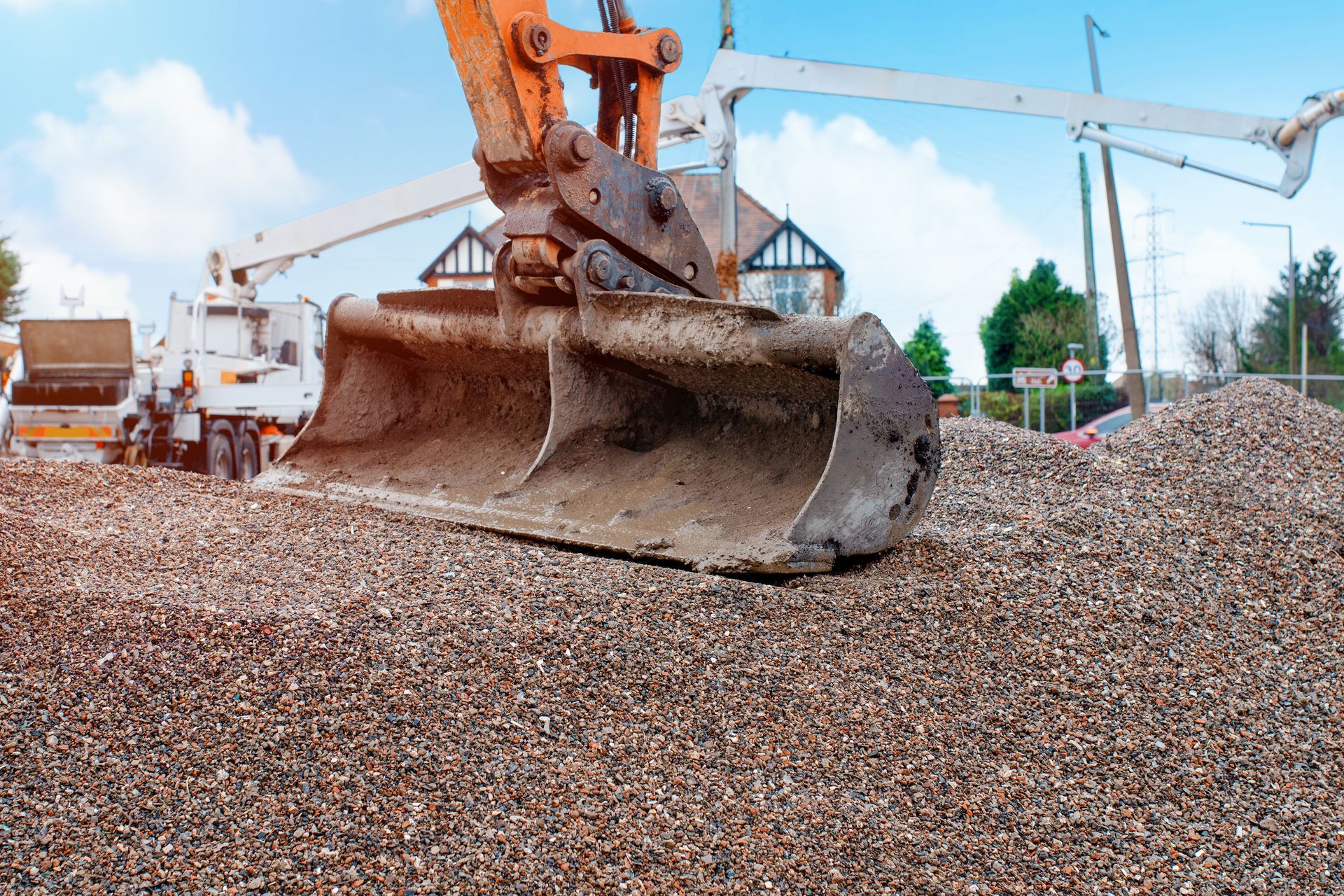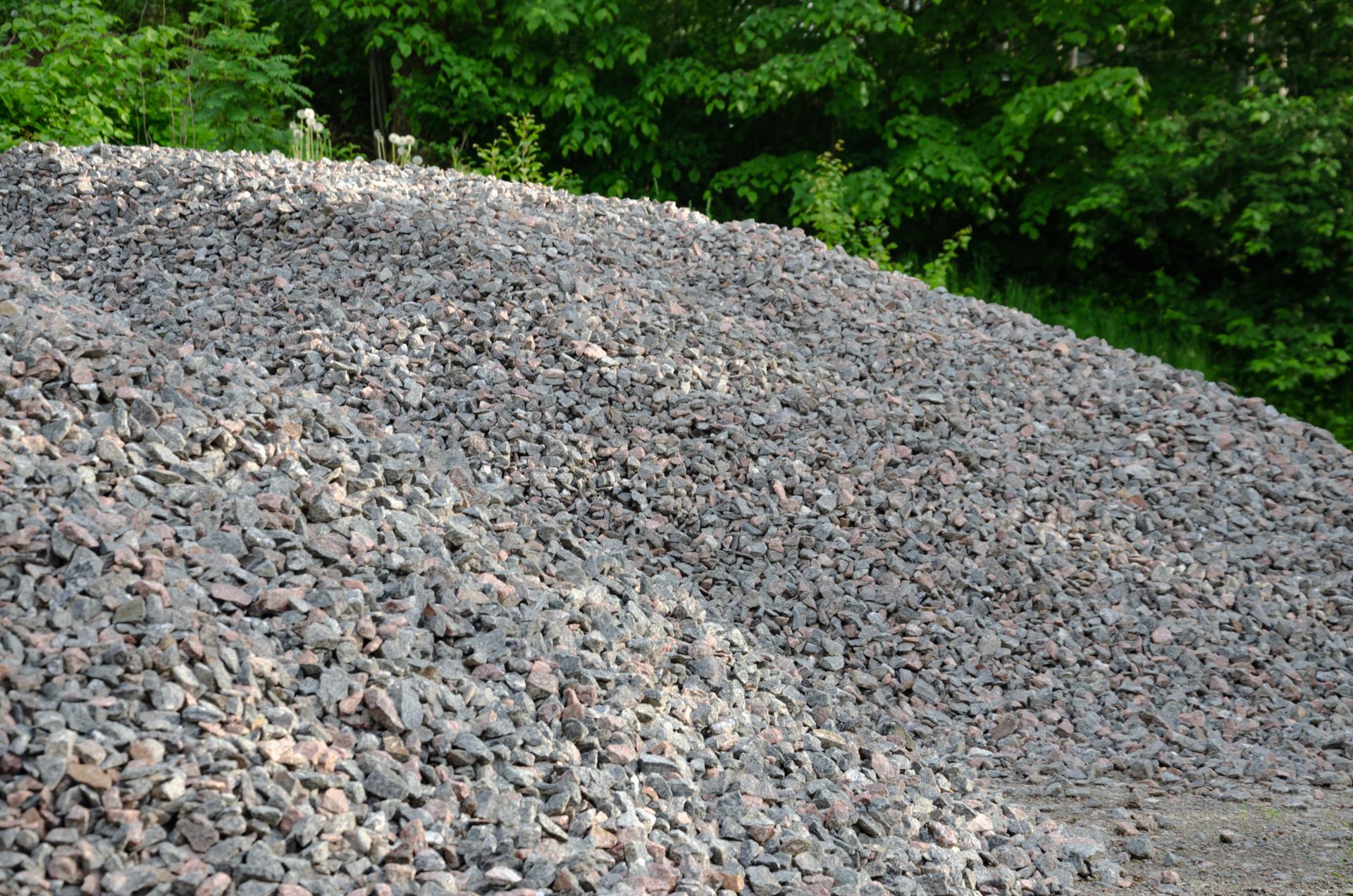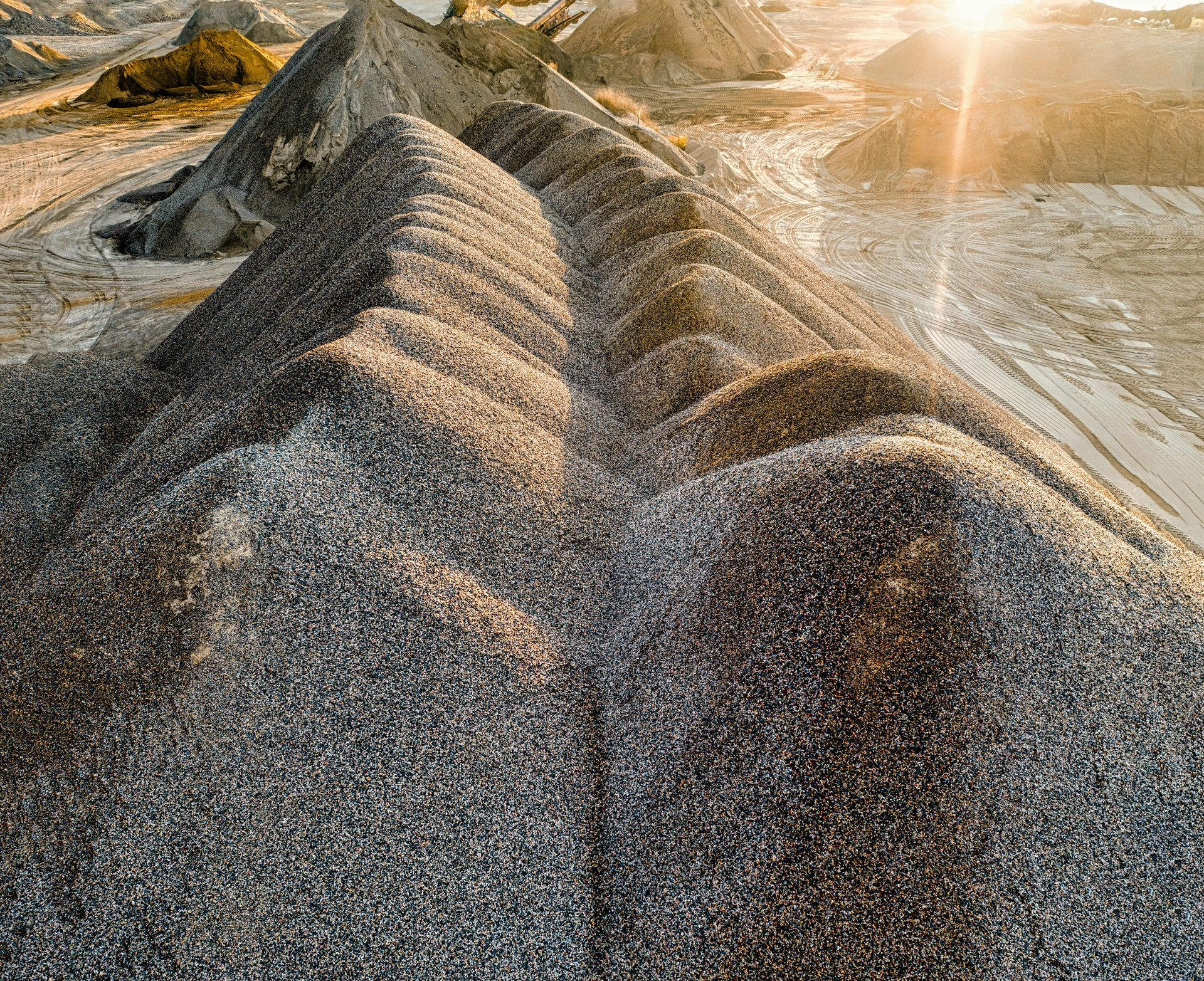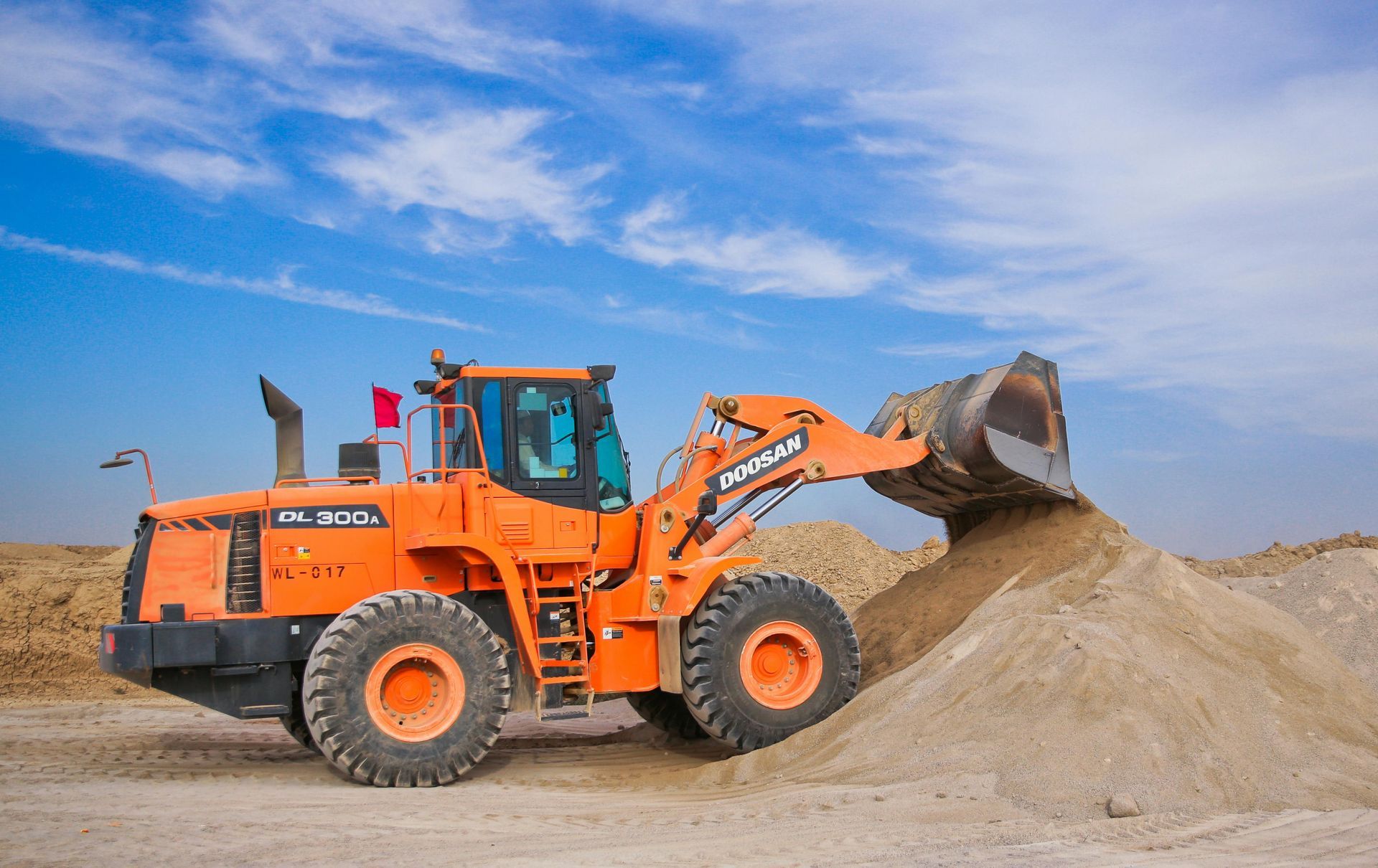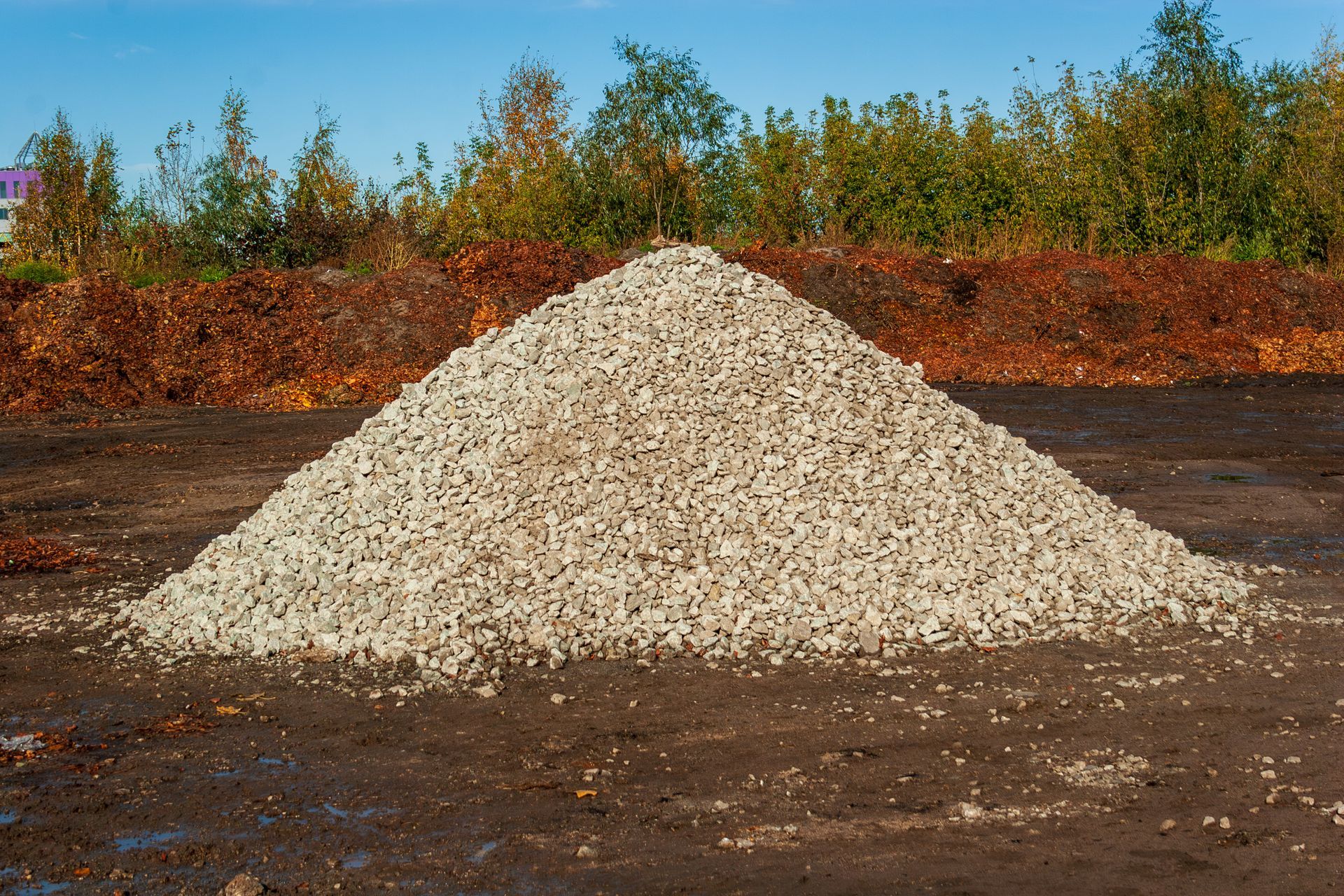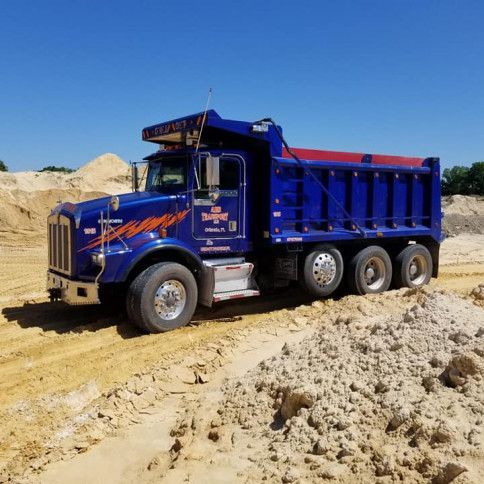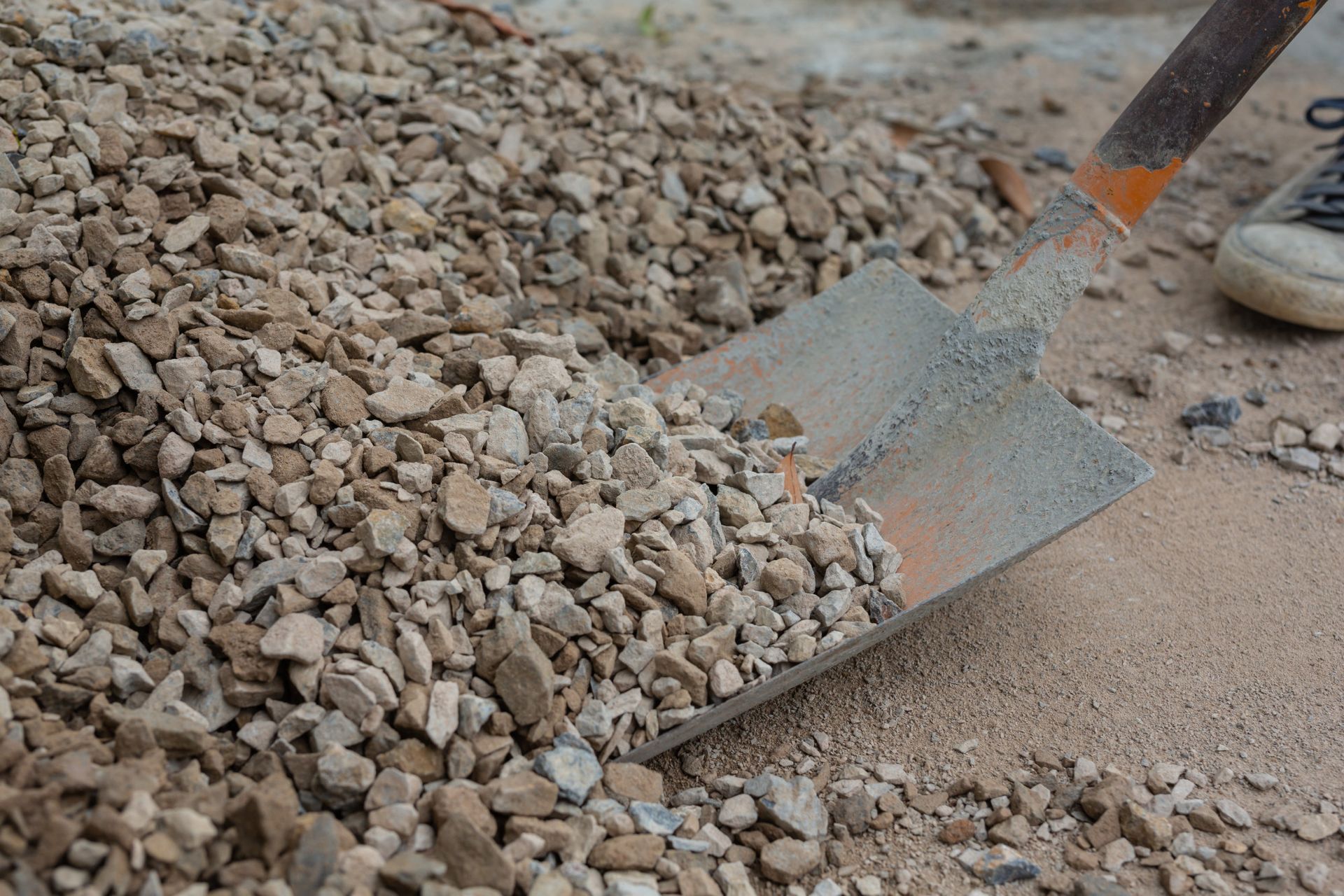Choosing Between Sand and Gravel for Your Project
When it comes to building, landscaping, or just making your backyard look like you didn't forget about it for the past three years, one question comes up more than you'd think: Should I use sand or gravel? It’s the kind of thing that might not seem like a big deal — until your pavers shift, your base turns to mush, or your project costs double.
Sand and gravel may look simple, but choosing the right one is essential to a successful, long-lasting project. Whether you're planning a foundation, driveway, playground, or patio, your choice of construction materials could make or break the whole thing (literally). So grab your metaphorical hard hat — it’s time to dig into the gritty details.
Understanding the Basics: What Sand and Gravel Really Are
Before you can choose between them, you’ve got to understand what you’re working with. Spoiler alert: not all sand is beach sand, and not all gravel is driveway gravel.
Sand:
- Fine particles of crushed rock, quartz, or minerals
- Often used for smoothing, filling, and as a base material
- Can vary in coarseness and color depending on source
Gravel:
- Coarser than sand, with particles ranging from 2 mm to several inches
- Can be rounded (like river rock) or crushed (angular)
- Used for driveways, drainage, concrete mixes, and more
Both materials are incredibly useful, but they behave very differently. A trusted
sand and gravel supplier can help you pick the right one for your exact project, but let’s look at some guidelines.
When to Use Sand: A Smooth Operator
Sand might be soft and subtle, but don’t let that fool you — it plays a major role in serious projects.
Best Uses for Sand:
- Paver base: Provides a smooth, compact surface that helps pavers sit evenly.
- Playgrounds and sandboxes: Soft, safe, and kid-friendly (as long as you’re not wearing socks).
- Leveling and filling: Used to smooth surfaces or fill low spots before laying down other materials.
- Concrete mixes: Fine sand is a key ingredient in strong concrete.
Types of Sand You Might Use:
- Concrete sand: Coarser, often used under pavers and in mixing concrete.
- Masonry sand: Fine and smooth, great for mortar or playgrounds.
- Fill sand: Inexpensive, but not always ideal for load-bearing use.
Pros:
- Easy to spread and level
- Great for cushioning
- Fills small gaps better than gravel
Cons:
- Prone to shifting or washing away without proper containment
- Not always suitable for drainage-heavy applications
When to Use Gravel: The Heavy Hitter
Gravel isn’t here to play. It's the go-to choice when you need strength, drainage, and durability. This is the material that keeps things from sinking, shifting, or turning into a mud pit.
Best Uses for Gravel:
- Driveways and roads: Provides a strong, compacted surface that can handle cars and trucks.
- Drainage solutions: Perfect for French drains, septic systems, and rain gardens.
- Concrete base or aggregate: Adds strength and structure to concrete mixes.
- Landscaping: Decorative and functional, great for beds and pathways.
Types of Gravel You Might Use:
- Crushed stone: Angular and ideal for compaction in driveways or construction bases.
- Pea gravel: Smooth and decorative, great for paths or garden beds.
- Drainage gravel: Larger pieces that allow water to move freely.
Pros:
- Excellent drainage
- Durable and long-lasting
- Perfect for high-traffic areas
Cons:
- Harder to level
- Can be sharp or uncomfortable underfoot (flip-flops beware)
Sand vs. Gravel: Comparing Key Differences
Choosing the right
construction materials depends on your goals. Here’s a quick side-by-side comparison to help you decide.
| Feature | Sand | Gravel |
|---|---|---|
| Drainage | Poor to moderate | Excellent |
| Compaction | Very good | Depends on type |
| Best for | Smoothing, filling, base layers | Drainage, load-bearing, roads |
| Comfort level | High (soft and smooth) | Low to medium (sharp and hard) |
| Cost | Generally cheaper | Slightly more expensive |
Need a fast rule of thumb? If water management or heavy weight is involved, gravel is usually the winner. For finer smoothing or fill jobs, sand gets the nod.
How to Choose a Trustworthy Sand and Gravel Supplier
Picking the right material is one thing. Picking the right material supply company is just as important. Not all suppliers are created equal — and no one wants to play the “wait and hope they show up” game when they’re on a project deadline.
What to Look For:
- Prompt and reliable delivery: No one wants to wait three days for a pile of rocks.
- Product variety and quality: Make sure they offer different types of sand and gravel suitable for construction, landscaping, and residential projects.
- Knowledgeable staff: Can they recommend the right material for your specific project?
- Local experience: A supplier familiar with Orlando’s terrain and weather is a big plus.
- Good reviews and word-of-mouth: Ask around. A great supplier usually has a great reputation.
At ABR Transport LLC, we check all those boxes — and then some. Just saying.
Get Top-Quality Material Supply in Orlando FL from ABR Transport LLC
From Sand to Gravel, We’ve Got What You Need — And We Deliver It Right to You
Whether you're pouring concrete, laying pavers, or solving a drainage issue, choosing the right construction materials is key to a successful project. At ABR Transport LLC, we provide high-quality sand and gravel for residential and commercial use across Orlando, FL, and nearby areas.
We’re more than just a sand and gravel supplier — we’re a trusted partner in getting the job done right. Our team will help you pick the best materials for your needs, and we’ll deliver dirt and sand, gravel, and even concrete fines right to your site. Call us at (407) 375-0012 and let us help you build better, faster, and smarter.
FAQs
Can I mix sand and gravel for my project?
Yes! In fact, many construction projects use both. For example, a gravel base topped with sand is ideal for laying pavers or patios.
How much material do I need for my project?
It depends on the size and depth of the area you’re filling. A professional supplier can help calculate the right amount so you don’t over- or under-buy.
Is all sand the same?
Not at all. Different sands have different particle sizes, textures, and uses. Masonry sand is smoother, while concrete sand is more coarse and better for structural use.
What’s the difference between gravel and crushed stone?
They’re often used interchangeably, but gravel is usually naturally rounded, while crushed stone is angular. The choice depends on the project.
Do I need to compact sand and gravel?
Yes! Compaction increases stability and helps prevent shifting. Always compact each layer before moving on to the next.
